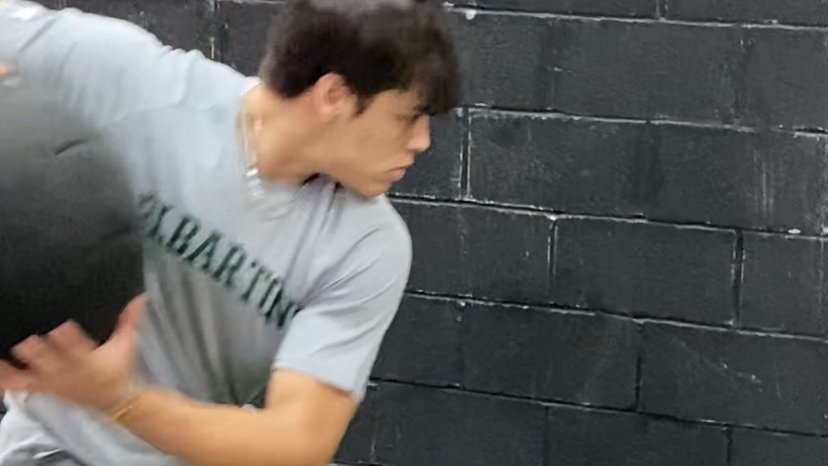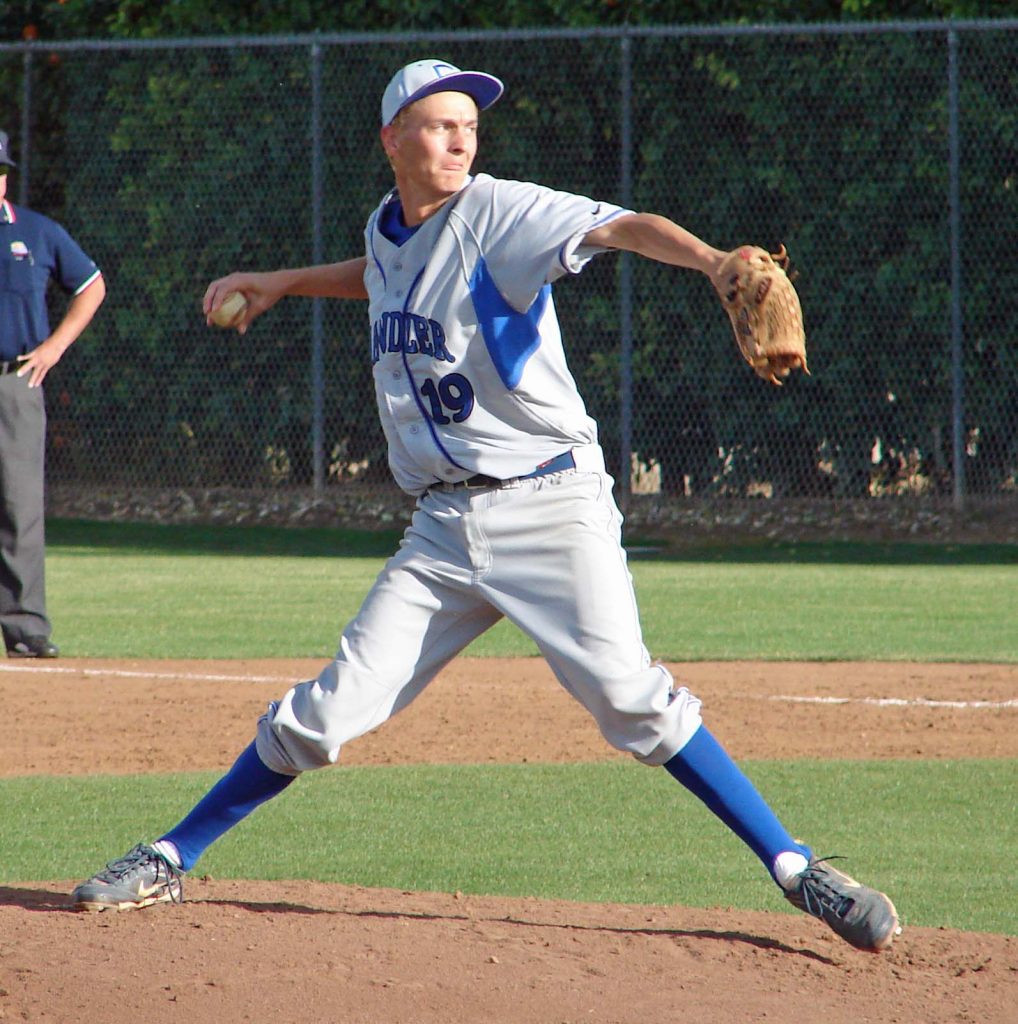
The back leg is the initial power source in pitching and when pitching from the stretch, the ability to load and the unload the back leg gives a pitcher the greater advantage with runners on.
Faster more elastic athletes can stretch their tendons quickly and better harness energy while loading without requiring high levels of strength. But for more “strength-based” athletes who like to load slower in order to maximize power mostly from their muscles contracting, the stretch can be a nemesis, especially you have runners on base. So, training to get more elastic can go a long way in putting another essential tool such as getting quicker in the stretch into their toolbox, which brings us to the concept of Reactive Strength and how you test it. Continue reading “Improving Speed and Power from the Stretch”









